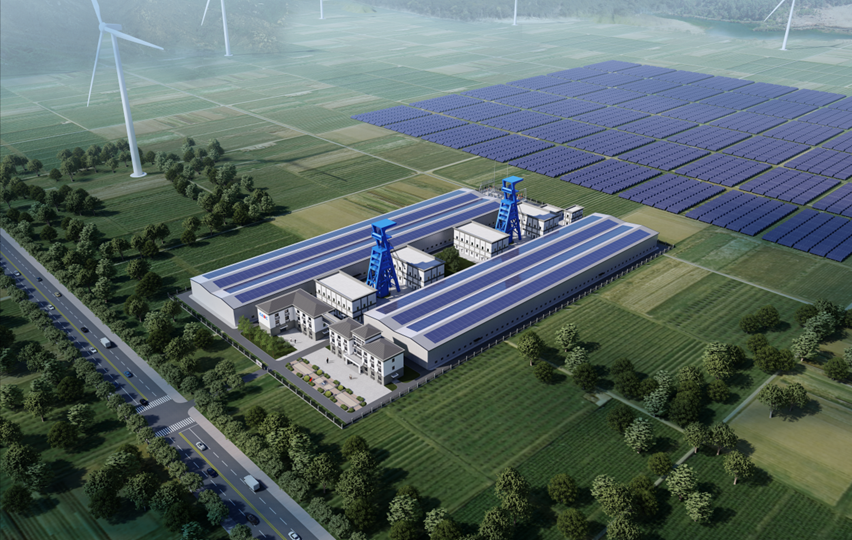
The wide application of energy storage technology in the field of renewable energy has become an important direction of current energy transformation. In the energy storage system, the temperature sensor, as a key monitoring device, plays a crucial role in the performance and safety of the energy storage system. The temperature sensor can monitor the temperature change in the energy storage system in real time, and transmit the data to the monitoring system to realize the accurate control of the energy storage system and the monitoring of the operating state. The following will be discussed from the development and application of energy storage technology, the principle and type of temperature sensors, and the role and challenges of temperature sensors in energy storage systems.
Development and application of energy storage technology
With the rapid development of renewable energy and the advancement of energy transformation, energy storage technology, as a key link to solve the volatility and intermittency of renewable energy, has received extensive attention and research. Energy storage technology can convert excess electrical energy into other forms of energy for storage, to release power supply when needed. At present, common energy storage technologies include battery energy storage, supercapacitor energy storage, compressed air energy storage, thermal energy storage and so on.
In the field of renewable energy, the application of energy storage technology has made a series of breakthroughs. For example, solar energy storage systems use solar panels to convert solar energy into electricity and store the energy through energy storage devices for use at night or on cloudy days. Wind energy storage systems use wind turbines to convert wind energy into electricity and store it through energy storage devices. In addition, energy storage technology is also widely used in electric vehicles, power grid peak regulation and other fields, making important contributions to energy transformation and carbon emission reduction.
Second, the principle and type of temperature sensor
Temperature sensor is a sensor that can measure the temperature of an object, and its principle is to use the thermal characteristics of substances to achieve temperature measurement. Common temperature sensors include thermocouples, thermistors, thermistors and thermistors.
1. Thermocouple: Thermocouple is the use of two different metal thermoelectric effect to produce the principle of electromotive force to measure temperature. When the temperature at both ends of the thermocouple is not equal, a voltage signal is generated, and the temperature can be calculated by measuring the size of the voltage signal.
2. Thermistor: a Thermistor is a sensor that changes the resistance value according to temperature changes. Common thermistor materials are platinum, nickel, copper, etc., when the temperature rises, the resistance value will increase; Conversely, when the temperature decreases, the resistance value will decrease.
3. Thermistor: a Thermistor is a sensor that changes the capacitance value according to temperature changes. When the temperature increases, the capacitance value will increase; On the contrary, when the temperature decreases, the capacitance value will decrease.
Third, the role and challenges of temperature sensors in energy storage systems
Temperature sensor plays a crucial role in energy storage system. First, the temperature sensor can monitor the temperature change in the energy storage system in real time, to judge the working state and performance of the energy storage system. For example, for battery energy storage systems, the temperature sensor can monitor the temperature change of the battery pack and detect anomalies in time to ensure the safe operation of the battery. Secondly, the temperature sensor can provide temperature data to the monitoring system of the energy storage system to achieve accurate control of the energy storage system and monitoring of the operating state.
However, temperature sensors also face some challenges in energy storage systems. First, the working environment of the energy storage system is usually more complex, and the temperature sensor needs to be able to adapt to different working conditions and environmental requirements. For example, in the battery energy storage system of electric vehicles, the temperature sensor needs to be able to work normally in high and low temperature environments, and has a high anti-interference ability. Secondly, the temperature sensor needs to be able to provide accurate temperature measurement results to meet the requirements of the energy storage system for temperature control. Finally, the long-term stability and life of the temperature sensor are also factors that need to be considered, especially in the case of use in a long-term high temperature environment, the life may be affected.
The Products You May Be Interested In
 |
AMI-22-60-6A | LINE FILTER 250VAC 60A CHASS MNT | 295 More on Order |
 |
AMI-M12Z-6-20-B | LINE FILTER 250VAC 6A CHASS MNT | 136 More on Order |
 |
AMI-M11G-7-3-A | LINE FILTER 250VAC 3A CHASS MNT | 223 More on Order |
 |
AMI-M11T-7-6-C | LINE FILTER 250VAC 6A CHASS MNT | 285 More on Order |
 |
AMI-M12P-1-15-A | LINE FILTER 250VAC 15A CHASS MNT | 438 More on Order |
 |
AMI-M12Q-1-20-B | LINE FILTER 250VAC 20A CHASS MNT | 429 More on Order |
 |
AMI-M12S-7-10-B-1 | LINE FILTER 250VAC 7A CHASS MNT | 457 More on Order |
 |
AMI-M12M-8-3-C | LINE FILTER 250VAC 8A CHASS MNT | 297 More on Order |
 |
AMI-M11F-1-6-A | LINE FILTER 250VAC 6A CHASS MNT | 298 More on Order |
 |
AMI-M12D-1-10-D-2 | LINE FILTER 250VAC 1A CHASS MNT | 218 More on Order |
 |
AMI-29B-3-3 | LINE FILTER 110/250VAC 3A CHAS | 339 More on Order |
 |
AMI-21B-13-3 | LINE FILTER 250VAC 13A CHASS MNT | 345 More on Order |
 |
AMI-M12R-3-2-B-1 | LINE FILTER 250VAC 3A CHASS MNT | 466 More on Order |
 |
AMI-M12AI-3-0.5-B | LINE FILTER 250VAC 3A CHASS MNT | 483 More on Order |
 |
AMI-M11A-3-1-D | LINE FILTER 250VAC 1A CHASS MNT | 178 More on Order |
 |
AMI-M11A-1-3-B | LINE FILTER 250VAC 3A CHASS MNT | 378 More on Order |
 |
AMI-28-12-1 | LINE FILTER 110/250VAC 12A CHASS | 125 More on Order |
 |
AMI-M12AB-1-20-B | LINE FILTER 250VAC 20A CHASS MNT | 493 More on Order |
 |
AMI-22-20-1 | LINE FILTER 250VAC 20A CHASS MNT | 126 More on Order |
 |
AMI-M11J-6-30-B | LINE FILTER 250VAC 30A CHASS MNT | 194 More on Order |
 |
AMI-29B-6-1 | LINE FILTER 110/250VAC 6A CHAS | 152 More on Order |
 |
AMI-23-10-1 | LINE FILTER 250VAC 10A CHASS MNT | 175 More on Order |
 |
AMI-22-16-3 | LINE FILTER 250VAC 16A CHASS MNT | 123 More on Order |
 |
AMI-M11A-3-3-D | LINE FILTER 250VAC 3A CHASS MNT | 387 More on Order |

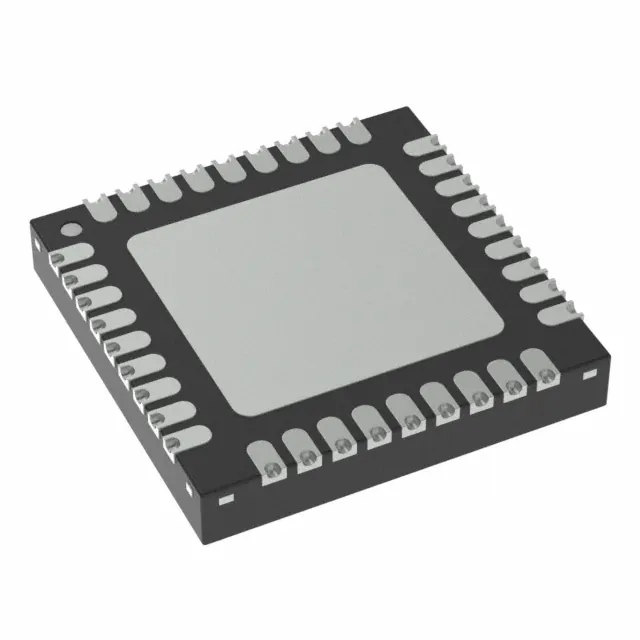 Semiconductors
Semiconductors









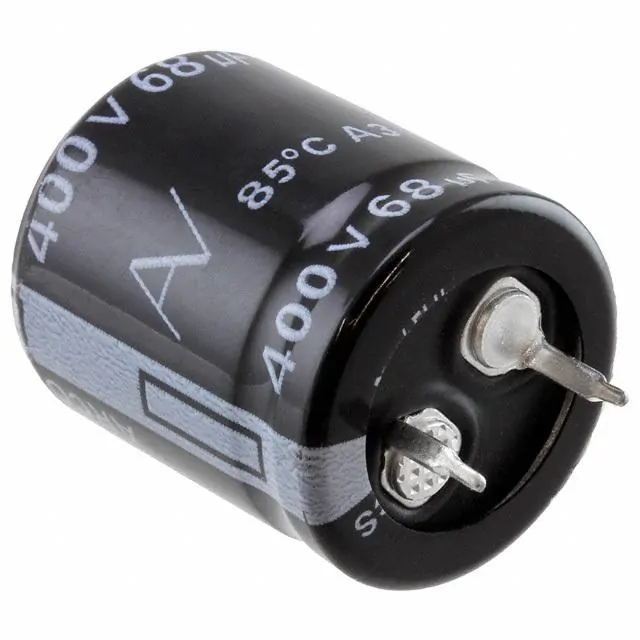 Passive Components
Passive Components









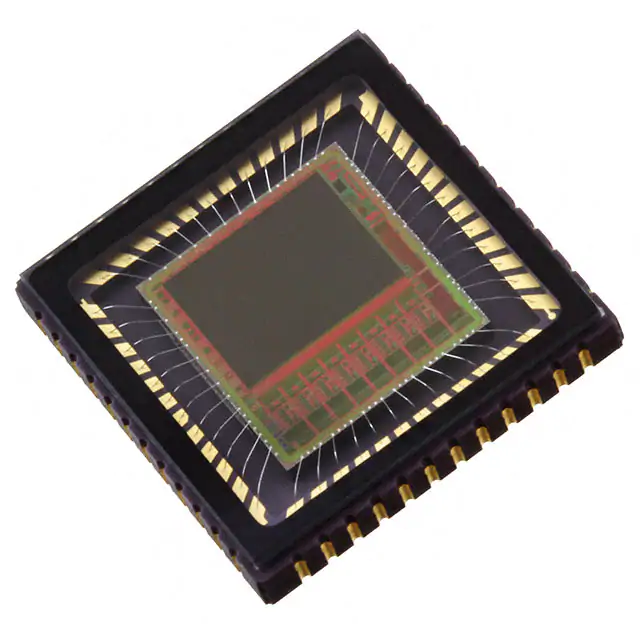 Sensors
Sensors








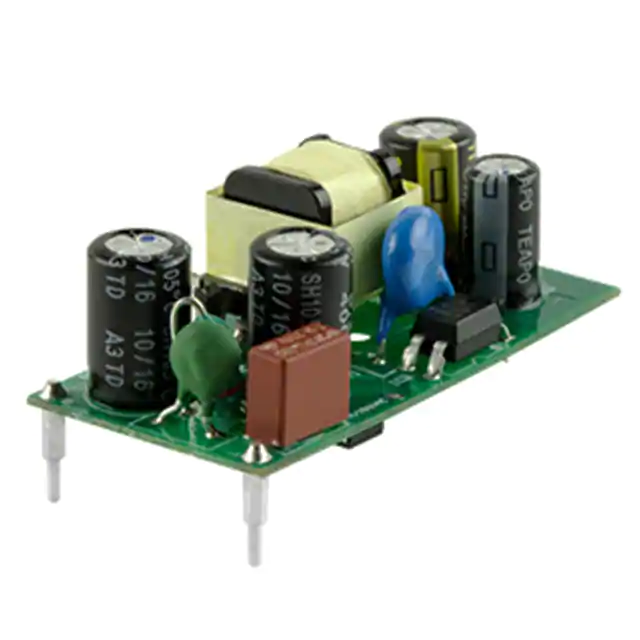 Power
Power









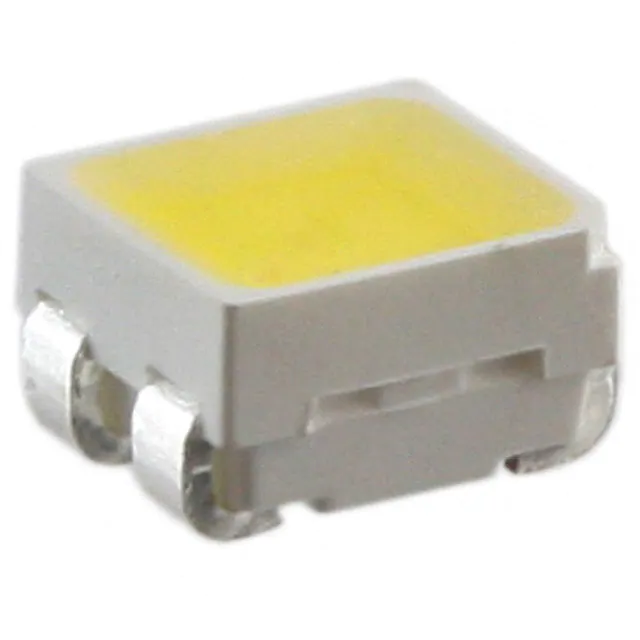 Optoelectronics
Optoelectronics








